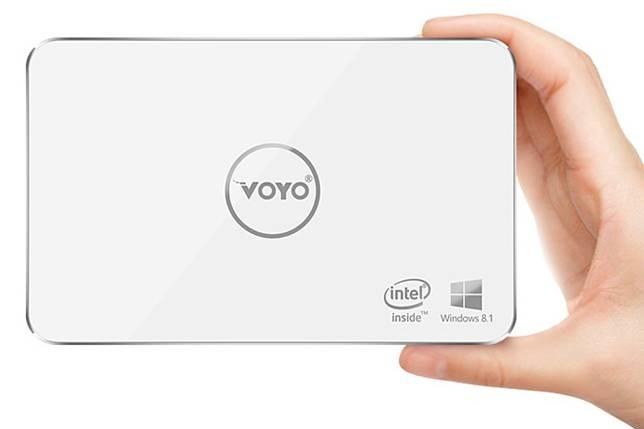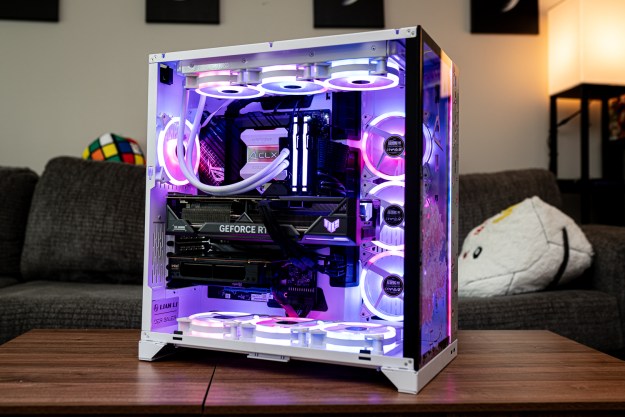
The performance is in line with the other stick PCs on the market right now. The Voyo V2 is powered by a quad-core Intel Atom Z3735F, the same chip found in the Compute Stick, as well as the standard 2GB of RAM, and 32GB of eMMC storage. Voyo does offer a few improvements to the standard model, like a 64GB SSD if you decide you need the extra storage. It also includes the aforementioned battery.

The standard model includes a 4,500mAh battery, which is actually fairly sizable as far as a small computer goes. If you opt to forego the extra 64GB of internal storage via SSD, you’ll get an extra 2,500mAh in battery capacity, for a total of 8,000mAh.
In order to use the computer, you need to plug in a monitor, keyboard, and mouse, so chances are you’d end up plugging it in while you use it anyway. However, it does give you the option of unplugging mid-session to take your computing to another room. There are also some USB-powered monitors on the market, so it’d be possible to use the system without any power — for a limited time, at least.
The Voyo V2 is priced competitively for a micro PC, especially when you consider the extra components and functionality. At only $124 for the standard, and $134 for the upgraded SSD model, it’s still less expensive than some of your other options at the moment, and is available for pre-order now. If you decide to go with the V2 instead of another compute stick, it will probably be for the extra storage, not the battery, which is of questionable utility.
Editors' Recommendations
- Dragon’s Dogma 2 PC performance: best settings, crashing, stuttering
- Helldivers 2 PC performance: best settings, performance, crashing
- MSI Claw handheld hands-on: it’s more significant than you think
- Alan Wake 2 is proof that more PC games need a potato mode
- This PC case has a touchscreen, but it’s way more than a gimmick


